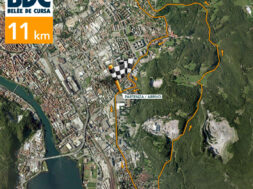Che cosa succede nelle fasi estreme del collasso gravitazionale, quando gli astri rimpiccioliscono schiacciati dalla loro stessa massa? Nella natura la forza più debole, la gravità, è in realtà quella che domina l’universo, perché a differenza delle altre forze fondamentali agisce a grandi distanze e si accumula. Eppure gli effetti più fantasmagorici la gravità li compie su scale piccole, quando gli astri collassano e si concentrano, dando origine a “mostri” come le nane bianche, le pulsar e i buchi neri.
Vere e proprie sfide all’intelletto, al senso comune e alle leggi di natura: la fisica estrema del collasso gravitazionale sarà al centro della prossima serata al Planetario, venerdì 21 gennaio alle ore 21. Relatore sarà l’astrofisico Simone Iovenitti, anima dell’associazione scientifica e divulgativa Physical Pub. Per partecipare occorre prenotare dal sito www.deepspace.it. Il biglietto costa 6 euro (intero) e 4 (ridotto).










